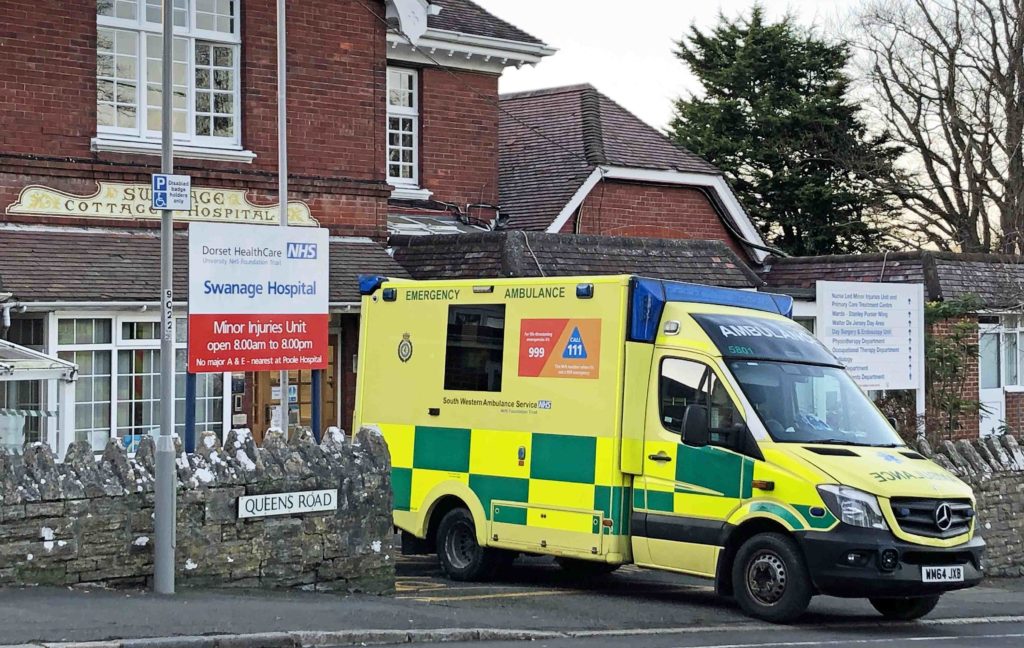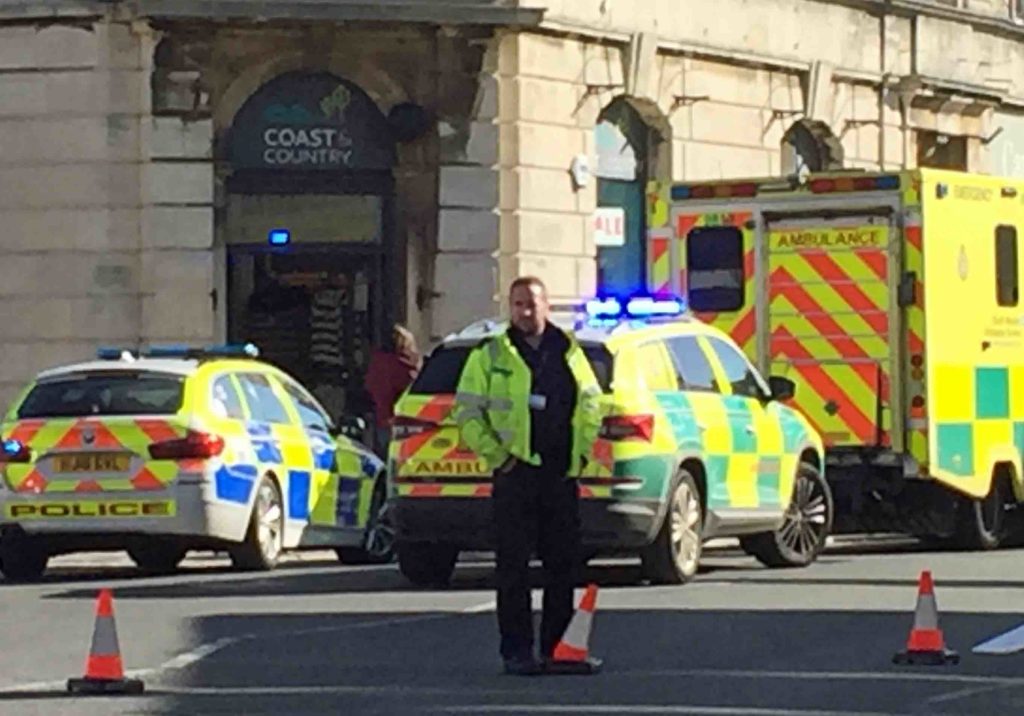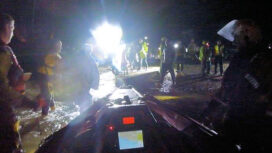Swanage Ambulance Car has been sitting idle for up to three quarters of the month – during a period when emergency response times have taken twice as long.
A new freedom of information request to the South Western Ambulance Trust (SWAST) revealed that 40 of the 12-hour shifts were unfilled in October 2021, the equivalent of 20 days – meaning for nearly two thirds of the month, there was no one to operate the single person vehicle.
At the same time in October 2021, data shows average waiting times in Swanage for even the most urgent life-threatening Category 1 cases was more than double what it should be.
While pressures have increased on staffing during the pandemic, the actual number of ambulance callouts to Swanage in October 2021 was lower than in previous years.

Up to three quarters of the shifts per month were unfilled in 2021
“Risk to life”
Swanage Town councillor Debby Monkhouse, leading the Save Our Ambulance Car campaign, said:
“I feel upset about the risk to life because if you look at the response times, they are appalling and the car which we rely on has been missing for so much of the month.”
There were also 40 unfilled ambulance car shifts in September 2021, while back in February 2021 at the height of lockdown, there was a total of 44 unfilled shifts, equivalent to 22 days, or more than three quarters of the month with no one to operate the vehicle.
Despite assurances that no long-term decision has been taken on the ambulance car, the data reveals that its operation has been drastically scaled back.

The ambulance car paramedic in Swanage treats a woman who had fallen and hit her head
“We no longer have Swanage solo vehicles in our resourcing plan”
Accompanying the freedom of information data from SWAST it clearly states:
“Please note that recently we have been moving away from solo vehicles and more towards DCA (double crewed ambulance) crews. As of the 4th June 2020 we no longer have Swanage solo vehicles in our resourcing plan, hence the increase (in unfilled shifts) over time.”
SWAST has responsibility for operating the ambulance service from the budget provided to it by Dorset Clinical Commissioning Group (CCG).
In June 2021 Dorset Council councillors were told by Sue Sutton, the programme director of emergency care at Dorset CCG, that there would be an engagement process before any changes to the ambulance car would be made. She said:
“There aren’t any proposals, we’ve done some work…started some work in the background. It’s been delayed because of Covid, which you know, but it’s at the very early stages.”
In June 2021, a total of 26 ambulance car shifts were unfilled that month, the equivalent of 13 days.

There’s been a dramatic increase in ambulance response times
“Haven’t even got a fully staffed car now”
In October 2019, there were just eight unfilled shifts, rising to 32 in October 2020, and 40 in 2021.
The comparable figures for February are just two in 2019, and again two in 2020, rising to 44 in 2021.
When the decision was made in 2018 to close Poole Accident and Emergency and the Maternity and Children’s units, Dorset Clinical Commissioning Group promised Dorset County Council’s Health Scrutiny committee that the ambulance resources in Swanage would be fully maintained.
Councillor Debby Monkhouse said:
“We were clearly told that the car would be maintained and then that there would be no changes until after the public consultation was finished and that keeping the car would be an option – we haven’t even got a fully staffed car now.”

Response times can be a matter of life and death
“Delay could be crucial”
Category 1 calls are for people who have stopped breathing or their heart has stopped beating, or they are unconscious and unresponsive.
Category 2 cases include serious chest pain and strokes and are deemed to need a rapid response.
Yet in Swanage, the response time for Category 2 calls has doubled over two years to one hour and 13 minutes in 2021. The average is supposed to be 18 minutes, with 90 percent of cases reached within 40 minutes.
Councillor Monkhouse said:
“That delay could be crucial and could easily mean someone going from a Category 2 case to a Category 1.”

There’s pressure on services all year round
“Sustained high level of demand”
South Western Ambulance Service NHS Foundation Trust did not respond to the specific question about why the ambulance car shifts were unfilled.
But a spokesperson for SWAST said:
“We and the wider NHS continue to experience a sustained high level of demand, whilst also being impacted with the inevitable increase in staff absences due to Covid-19.
“The ambulance car based at Swanage is no exception to this demand and impact.
“We know and understand that the local community has an invested interest in the future of this resource. The NHS Dorset Clinical Commissioning Group and SWAST are listening to the views of local people and this exercise is scheduled to continue into 2022.”
In separate information provided by SWAST, the number of callouts to Swanage in October has actually decreased over the last two years.
The number of callouts in October 2019 was 192, in October 2020 it was 181 and in October 2021 it was 156.

Debby Monkhouse (left) and Cathy Evans (right) campaigning to save the ambulance car
Petitions organised by campaigners
A petition against the withdrawal of the ambulance car, with more than 8,000 signatures has been presented to the Dorset Clinical Commissioning Group.
There is a separate petition calling for Dorset Council to to take all necessary steps to ensure that Dorset CCG honours its commitment to maintain the Swanage Ambulance Car.

The South Western Ambulance Trust is reviewing provision





